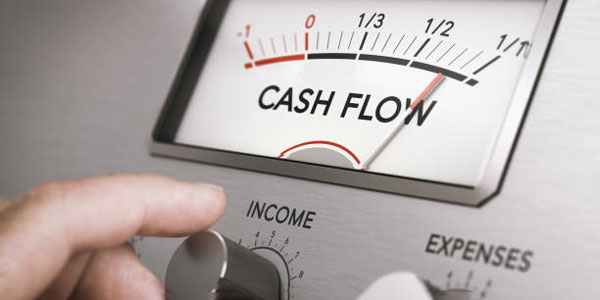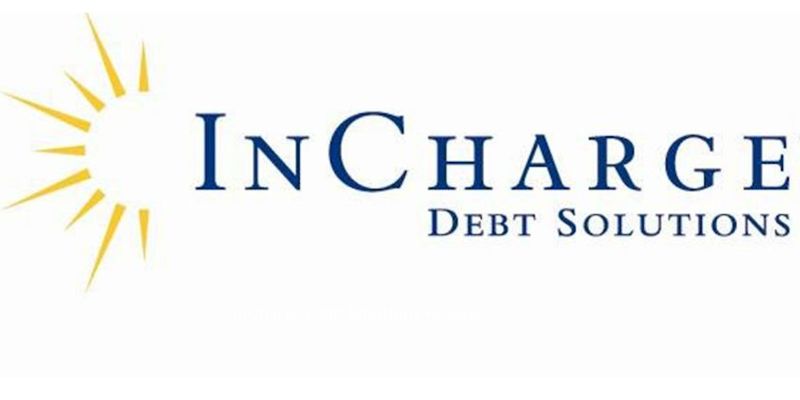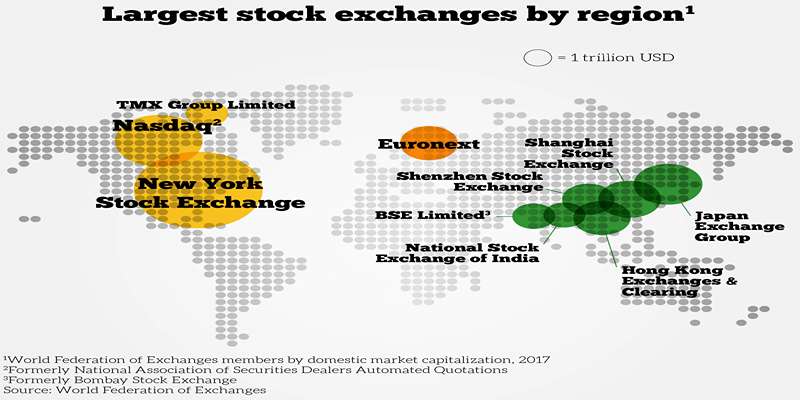How a High P/B Ratio Correlates to High ROE
Oct 07, 2024 By Kelly Walker
It is not always the case that a high return accompanies a high P/B ratio on equity (ROE), but in ideal conditions, it is. Investors prefer businesses that generate greater returns on equity; consequently, the market value of these businesses is increased as a direct result of this preference. For obvious reasons, a low price-to-book ratio is often associated with an unsatisfactory return on equity and return on assets (ROA).
When examining the most current balance sheet of the firm, the amount of equity that shareholders have may be divided by the total number of shares in circulation to arrive at the per-share equity figure.
An equity valuation that assesses profitability as a function of the amount of capital invested by shareholders is referred to as return on equity (ROE). Meanwhile, return on equity is a gauge of profit efficiency. This measure offers a percentage evaluation of the return received on that equity investment.
It is beneficial to evaluate the P/B ratio assessment with the ROE evaluation since both of these analyses consider the book value of equity. Since none of the tools used for valuation is foolproof, comparing the results of one appraisal to those of another is important. P/B and ROE analyze a stock from distinct perspectives, but they are connected since they both include equity value in the book.
What to Watch for in the Data
Because investors tend to pay greater multiples of book value for a company that is giving them a solid return on their investment, a firm with a high P/B ratio often also has a proportionally high ROE. The P/B ratios of companies experiencing rapid expansion are expected to be high. IBM is a fantastic example of a case study demonstrating ROE's impact on P/B ratios. In 1983, the company's stock was trading at three times its book value, and its return on equity was 25%. In 1992, the ROE had dropped to negative levels, which caused the stock to trade at its book value.
It is possible that if there is a significant disparity between the two measures—for instance, if the P/B ratio is high, but the ROE is low—this may be an early warning indication that shareholder equity is no longer growing. The divergent positions taken by ROE and P/B point to the securities having an excessive price relative to their intrinsic worth. An alternative interpretation is that the securities have a low P/B ratio but a good ROE, which implies that they are undervalued.
A Low Price-to-Book (P/B) Ratio
Investors may see it as an indication that a company is cheap if its price-to-book ratio has lower values than average, especially if it falls below one. To put it another way, the price of the company's stock is now selling at a discount to the value of its assets.

Market participants may also see the company's asset value as being inflated. If a company's assets are overpriced, investors are less inclined to buy its shares because of the risk of a market correction in the value of the company's assets. Why? Because then those who put money into investments would end up with a loss.
A low P/B ratio indicates the firm is receiving a very poor return on its assets (perhaps even a negative return). If the firm has a history of bad financial performance, the company's prospects may improve under new management or as a result of changing business circumstances, which will result in substantial positive returns. Firm trading at a valuation lower than its book value has the potential to be split up for the value of its assets, which would result in a profit for the shareholders.
A High Price-to-Book (P/B) Ratio

The stock price may be trading at a premium compared to the company's book value if the P/B ratio is more than one. For instance, if a company's stock sells at three times its book value, the company's price-to-book value ratio is equal to the number three. As a consequence of this, the price of the stock can be too high in comparison to its assets.
A high share price of the asset worth of the firm indicates that the company has a high ROA. On the other hand, the high stock price may indicate that the majority of the positive news about the firm has already been priced into the stock. Consequently, the stock price may not increase in response to any fresh, positive news.

Are Stocks With Low P/E Ratios Always Better?

What Is a Due From Account?

Cash Flow Maximisation

How a High P/B Ratio Correlates to High ROE

InCharge Debt Solutions Review

Stock Exchanges Around the World

Which Industries Have the Highest Inventory Turnover?

Essential Guide to Understanding Deposit Slips

A Comprehensive Guide About Unrestricted Net Assets?

